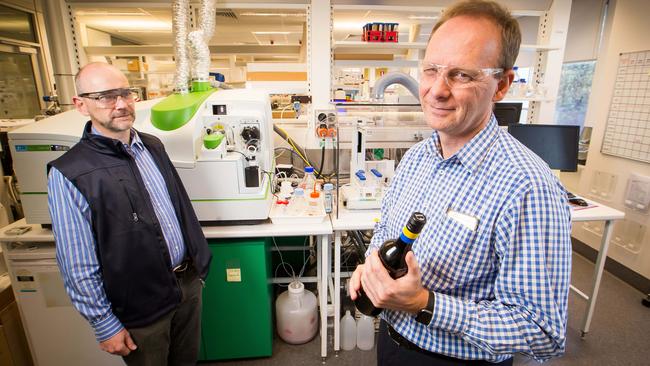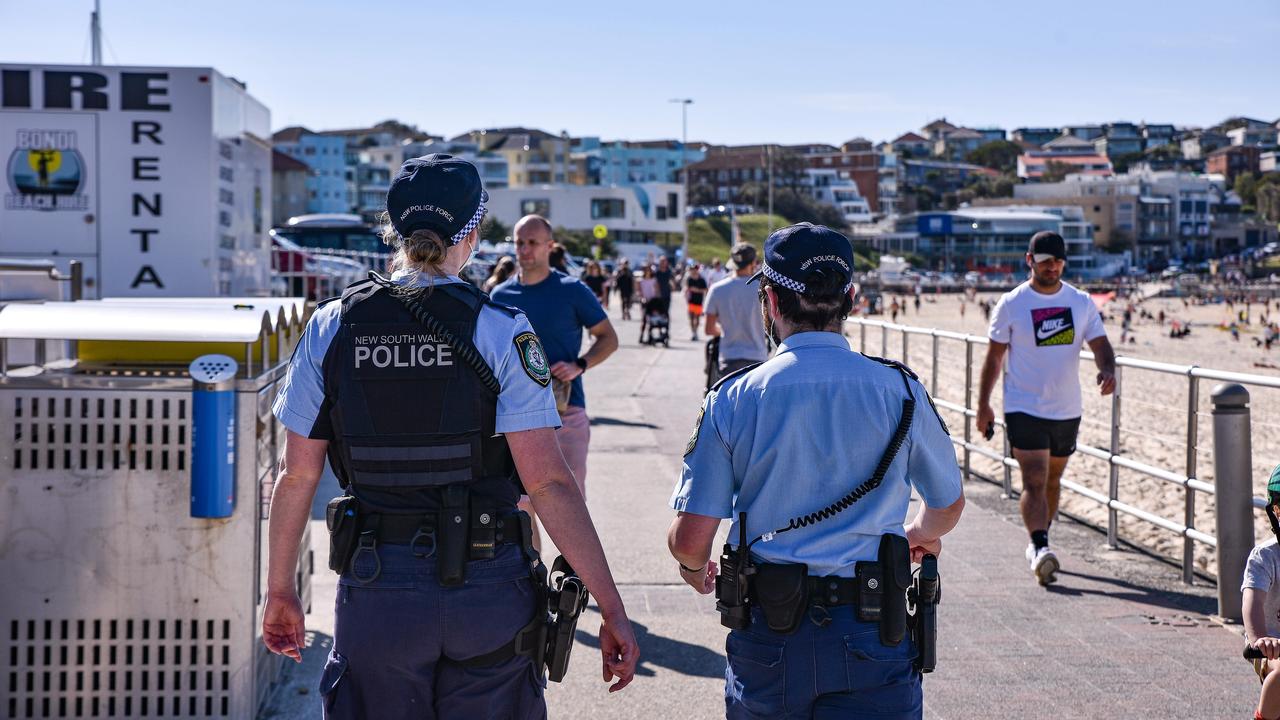Vignerons get an authentic sniff of success over fraudsters
Australian vignerons will soon have a new weapon to fight wine fraud.

Australian vignerons will soon have a new weapon to fight wine fraud, with chemical analysis helping authenticate whether a wine comes from the Barossa or Beijing.
In a response to the growing problem of second-rate wines being fraudulently sold under premium labels, researchers at the Australian Wine Research Institute are working to identify unique chemical signatures of the country’s famous wine regions.
If a cabernet sauvignon sold in China — where fraud is most frequently reported — is purported to hail from the Coonawarra, checking a few indicators such as the levels of trace metal elements can prove whether the claim is true. Institute chief investigator Martin Day said the research was sparked by reports that some Chinese wine consumers felt uneasy about buying Australian wines because there wasn’t enough assurance of their authenticity.
His team has analysed 231 wines from the major Australian regions along with 37 international wines, examining cabernet sauvignon, chardonnay and Tasmanian pinot noir.
Looking at the wines’ strontium isotope ratios (which flow from the rock and soil where the vine was planted) and certain trace metal elements, 95 per cent of the wines were successfully picked as being Australian or international. Further geological data allowed 85 per cent of the wines to be correctly allocated to a particular region.
“The more independent parameters we have, the more unique a wine becomes,” Dr Day said.
“We can see that the Yarra Valley sample and the Hunter Valley sample are very different; South Australia and Margaret River as well are quite different.”
The European wine industry has ploughed millions into chemical research to provide authentication data for its wines, with prominent vignerons also adopting new bottling techniques to protect their brands.
Since 2012, Domaines Barons de Rothschild, which makes Chateau Lafite, has placed an authentication seal on each bottle of the top-end drop, with a unique code that can be checked on the company’s website.
The institute will examine a broader range of data from wine samples with the aim of establishing a database and methodology for assessing the provenance of wine labelled as Australian.
Project supervisor Eric Wilkes said the work would provide greater confidence for wine consumers, producers and merchants. “It’s important to be able to counter arguments from overseas where people may make claim about the veracity of one of our wines based on limited data sets or using just one factor.”
Dr Day will present the institute research at the Australian Wine Industry technical conference in Adelaide this week.


